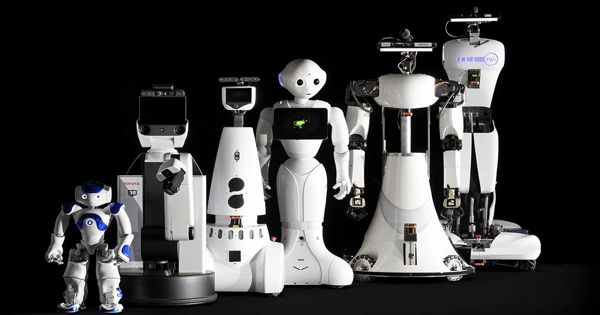Synthetic intelligence (SI) is an alternative/opposite term for artificial intelligence that emphasizes that machine intelligence does not have to be an imitation or artificial in any way; it can be a genuine form of intelligence. John Haugeland draws an analogy between simulated and synthetic diamonds, claiming that only the synthetic diamond is truly a diamond. Synthetic refers to that which is created by combining parts to form a whole; colloquially, a man-made version of what has arisen naturally. A “synthetic intelligence” would thus be or appear to be human-made, rather than a simulation.
Artificial Intelligence (AI) refers to the ability of machines to mimic human intelligence and perform tasks that would normally require human intelligence, such as problem-solving, decision-making, and language understanding. AI is achieved through various techniques such as machine learning, natural language processing, and robotics.
As for the term “Synthetic Intelligence,” it may be used as a synonym for AI, but it’s not a commonly used term in the field of AI. The term “synthetic” often implies that something is artificially created, and the term “intelligence” implies the ability to think, learn, and reason. So, “synthetic intelligence” could be used to describe the process of creating AI through the use of synthetic methods, such as algorithms and data-driven approaches.

Artificial intelligence’s popularity has reached epic proportions. We’ve seen the rise of advanced consumer-focused AI in recent years, thanks to products like Alexa, Siri, and Telsa autopilot. Businesses have also embraced AI. Machine learning is exploding as a narrow AI application, used to sift through massive amounts of data to better develop and market products. Furthermore, historically complex games like Go have been defeated by learning computers.
A thinking machine, or one with intelligence, cannot be created artificially. Artificial intelligence is a simulated intelligence; a cantrip cast on the public to conceal the complex programming that powers our virtual assistants, self-driving cars, and game NPC behavior. Certainly, none of us believes that these constructs are truly capable of thought. So, strictly speaking, a simulation of thinking is not thinking.
However, if we seriously consider synthetic intelligence, a genuine non-human intelligence may not be out of reach. Furthermore, the race to create human-like intelligence is a waste of time. After all, creating intelligence is an almost indescribably difficult problem. Thus, in the context of developing understanding of intelligence models and making honest progress on the problem, starting with the most complex form may be unwise.
















